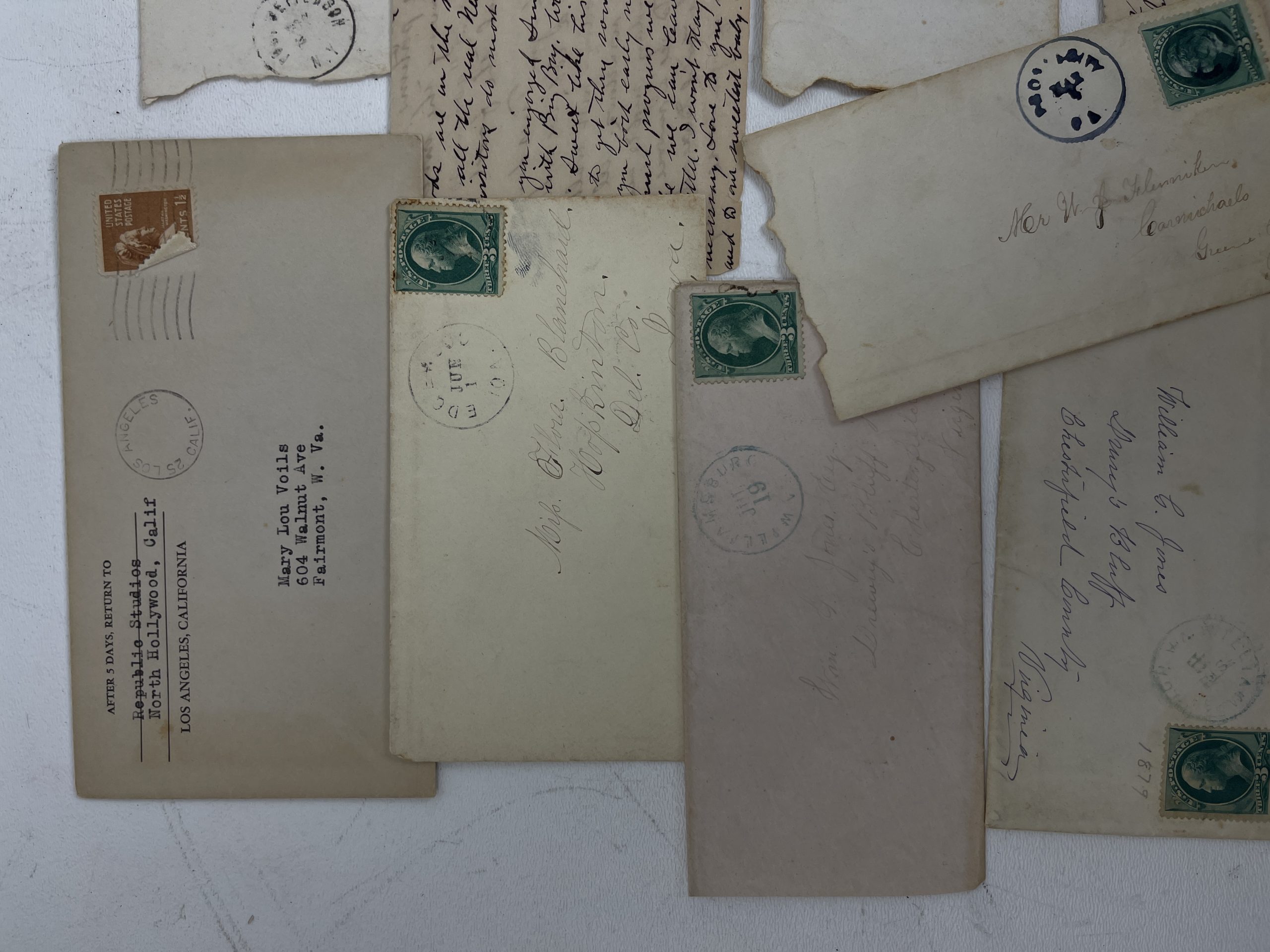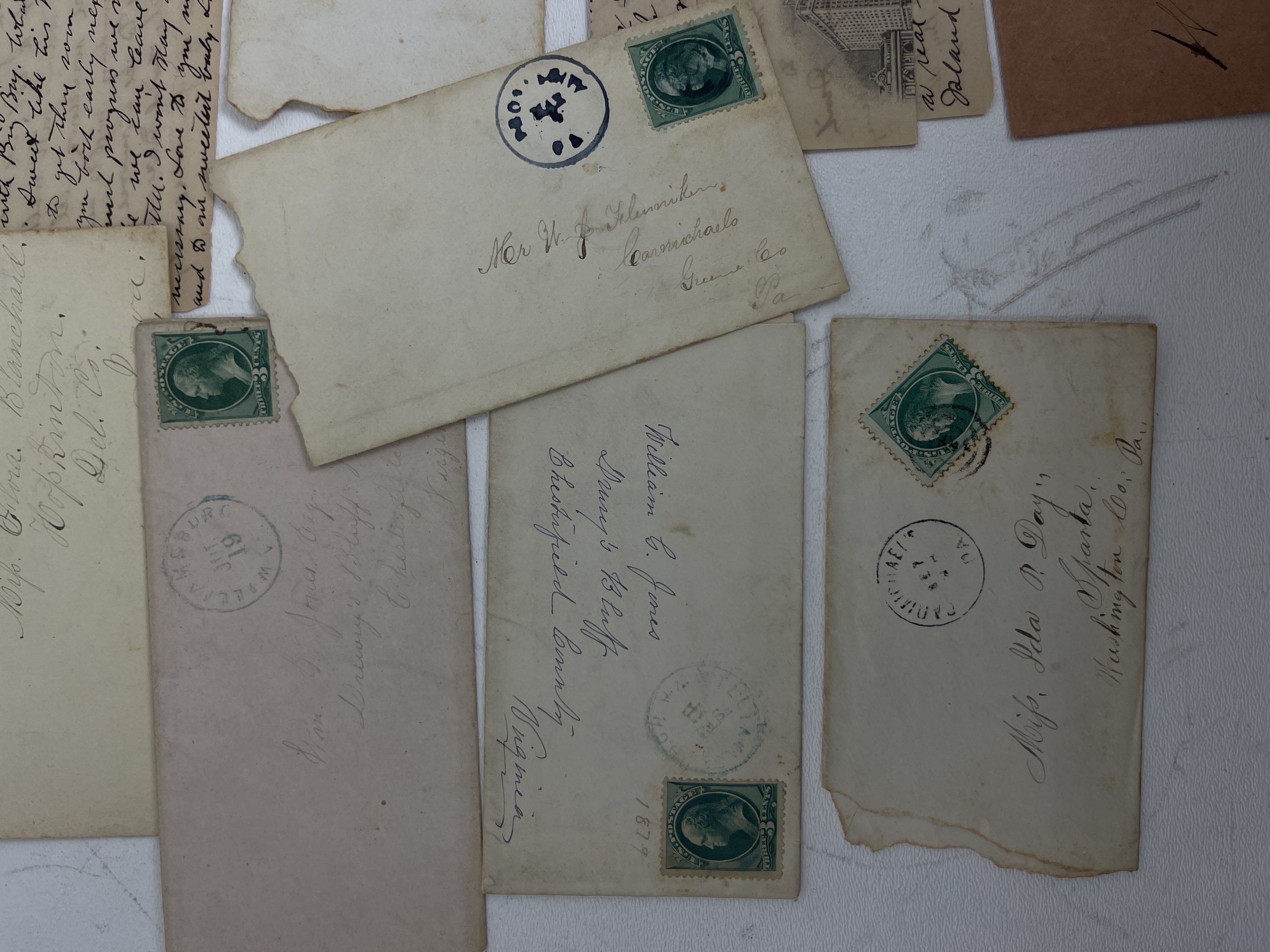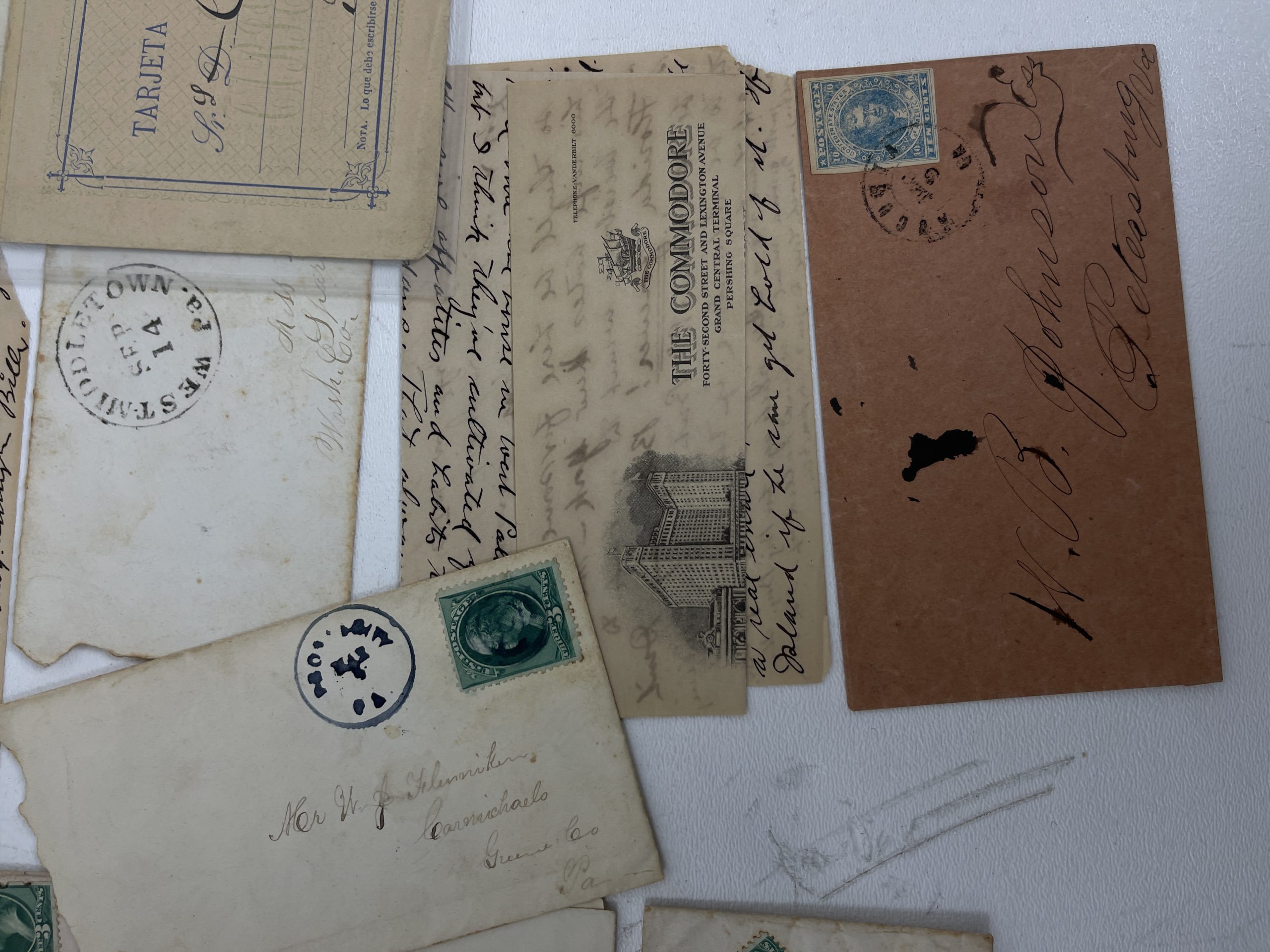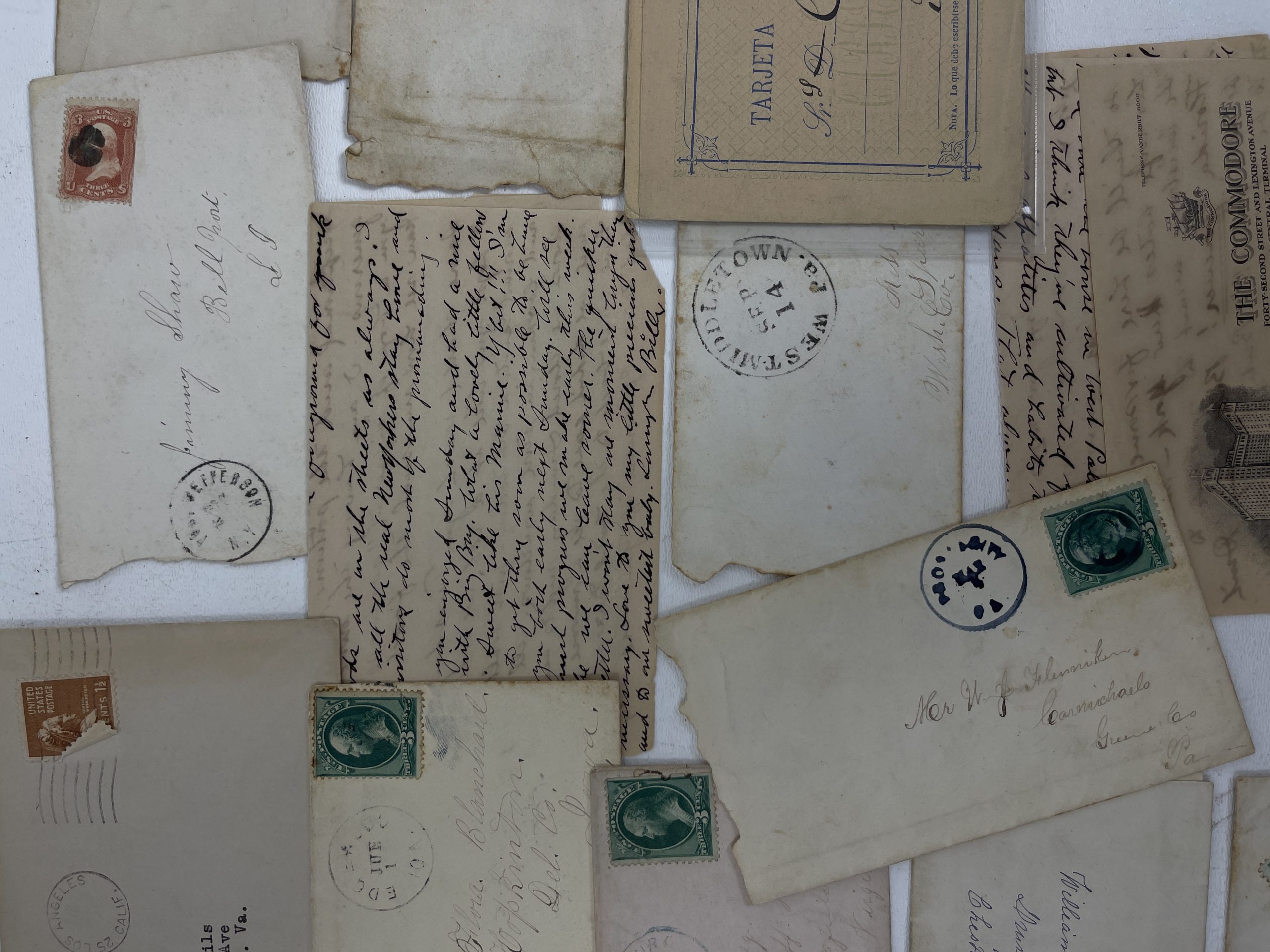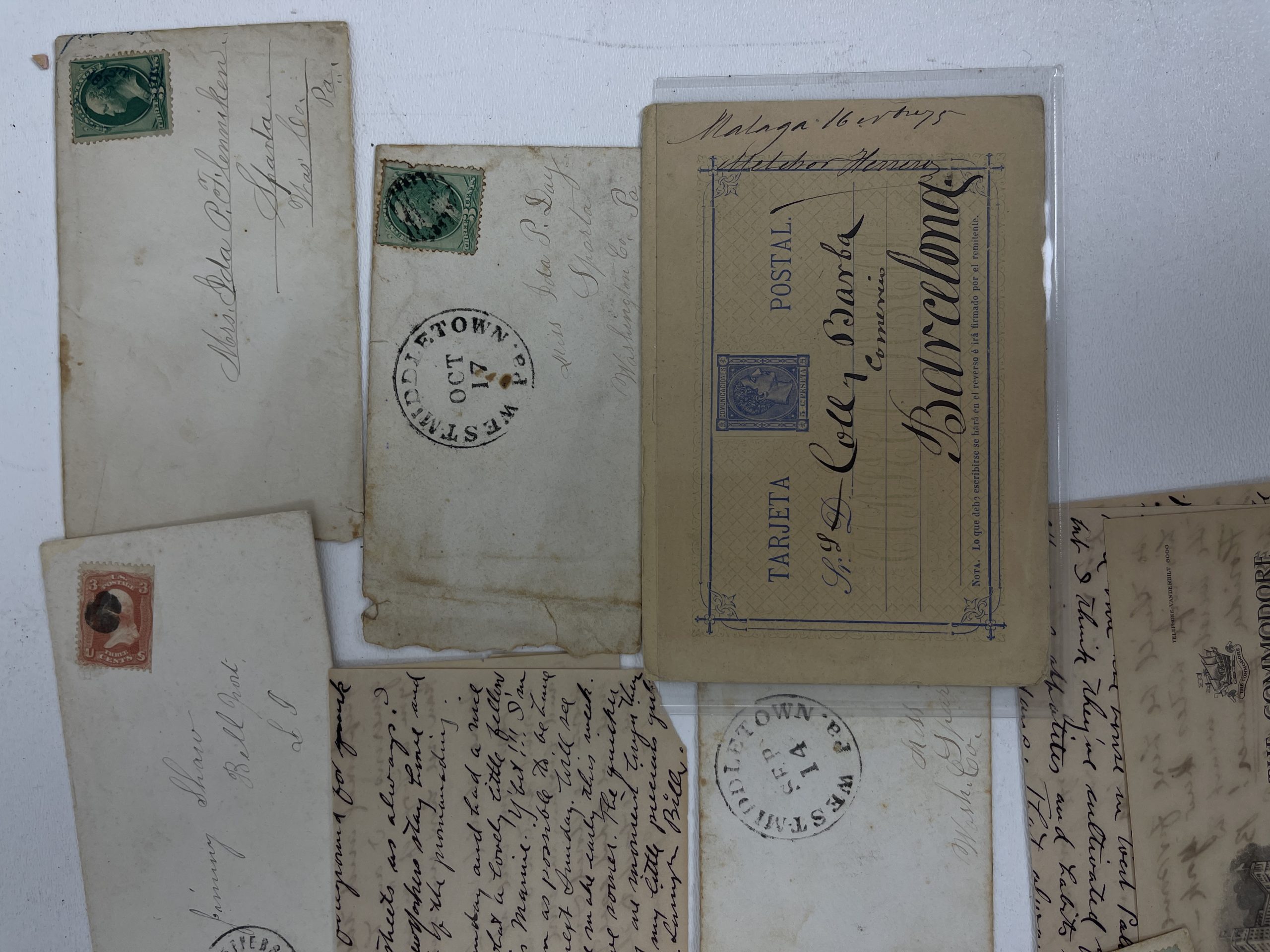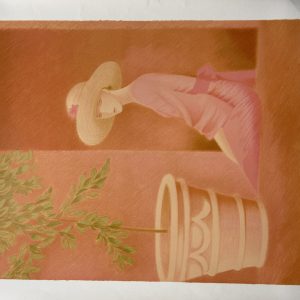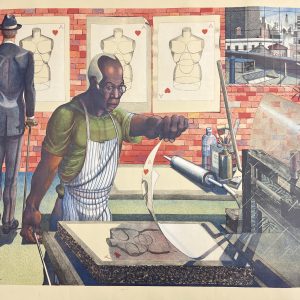Vintage Antique Original Envelopes and Stamps US Stamp and Letter lot 12
Vintage Antique Envelopes and Stamps US Stamp and Letter lot 12
Auction Ended
Buyer commission is 25% of the final bid price (plus VAT).
Item condition:
Vintage Antique Envelopes and Stamps US Stamp and Letter lot 12
Auction History
Auction has finished
Auction failed because there were no bids| October 30, 2024 9:00 pm | Auction started | ||

